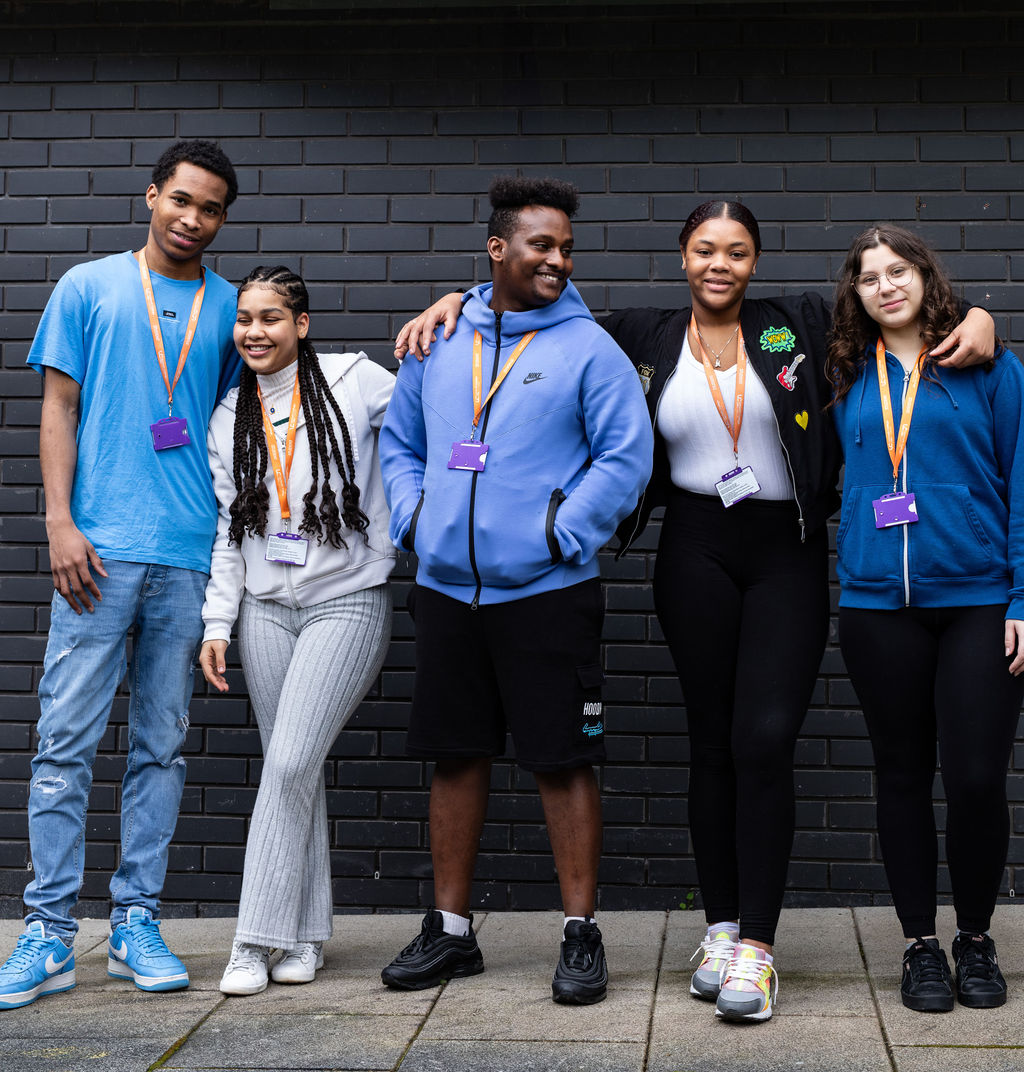Understanding of importance of biodiversity in our curriculum
Many curriculum areas at South Bank Colleges cover topics such as pollution, sustainability, and other environmental issues to show the potential impact for everyone in the future. For example, our Construction courses explore how our buildings should be built and the important role by engineers in driving forward the Green agenda for the benefit everyone.
Our science courses consider how different habitats can impact biodiversity while our Arts courses deal with ways of seeing things differently and how that can be culturally determined, opening discussions around interpretation of beauty in the natural world.
Other species on the planet may see things very differently from us, an attractive neat array of flowers for example, might, to an insect, be less beautiful than an untidy stretch of ‘weeds’.
Colonialism has had a huge impact on the world’s ecosystems by moving and mass replanting across the globe and cruelly transporting millions of people to make these new mass plantings work. Alongside this, there is limited appreciation of the often-unrecognised work done by enslaved people in botanical research from which famous institutions until recently, such as the Physic Garden in Chelsea and Kew Gardens, benefited hugely.
These institutions along with the Garden Museum at Lambeth and the South London Botanical Society based on Norwood Road, have done work to help redress and recognise the amazing research work done by these people. Those organisations (and others) also highlight the more recent triumphs of black gardeners in the UK as well as making gardening more attractive to diverse groups.
Any garden – whether your own, if lucky enough to have one, or public spaces, can free the imagination and be the springboard for resurgent cultures and resistance .
The American writer Alice Walker, a daughter of sharecroppers who, in search of our mother’s gardens, wrote about freed slave and first published black American woman Phillis Wheatley. Wheatley’s poems were published in 1773 in London where Wheatley spent time at the home of Henry Thornton. The gardens of this home covered part of where South Bank College Clapham Campus and the Notre Dame Housing Estate is today. Wheatley spent time in the extensive gardens where the remains of an orangery still stand on the Notre Dame, while trees dating back to the time of the Thorntons still grew in the college grounds.
You can find out more about this fascinating area below.
Liverpool Museum on green resistance to slavery
Photo exhibition Allotments about a huge multi-cultural allotment in Birmingham Some of the people interviewed spoke about how growing foods from where their family came from allowed them to connect places.



